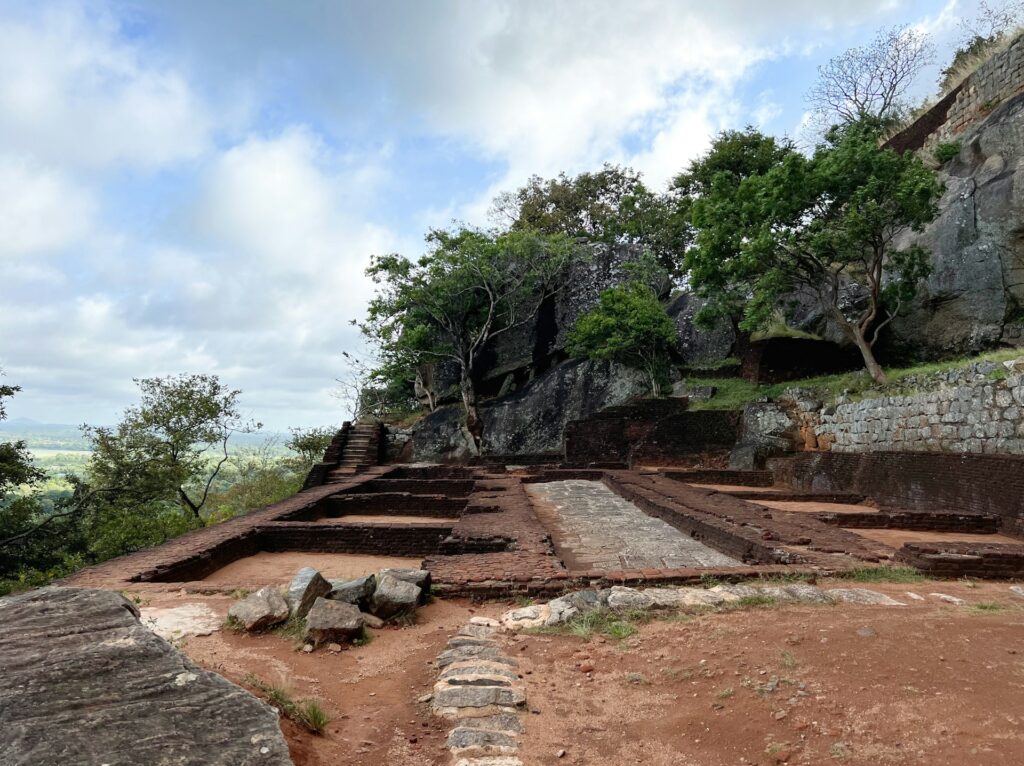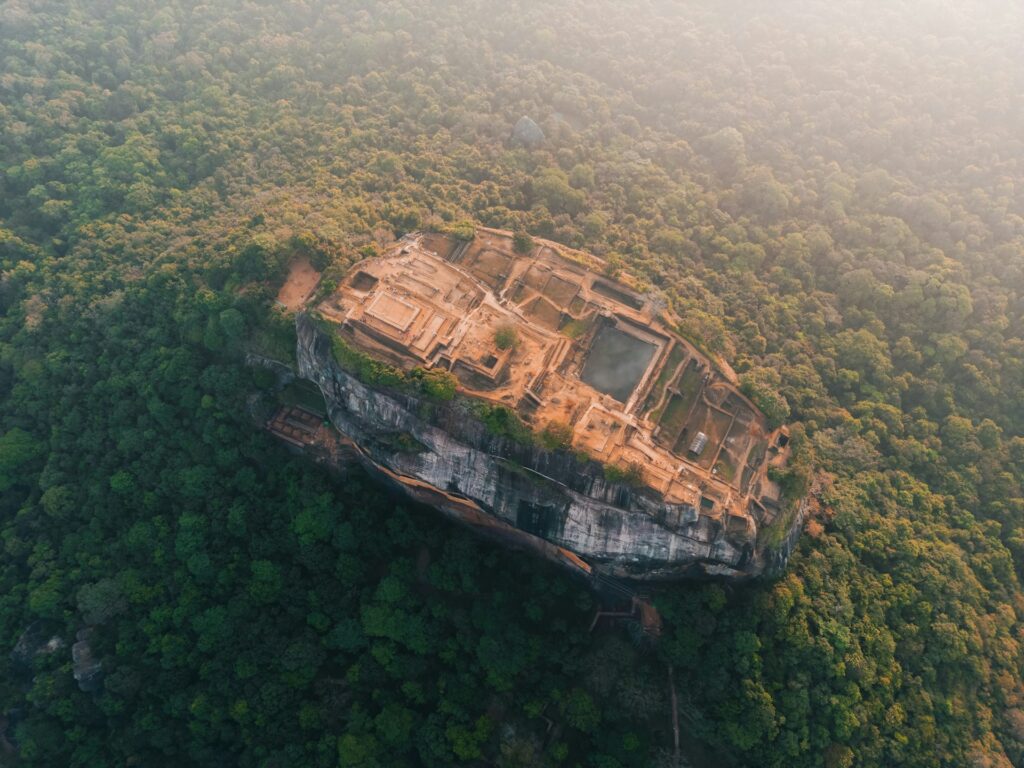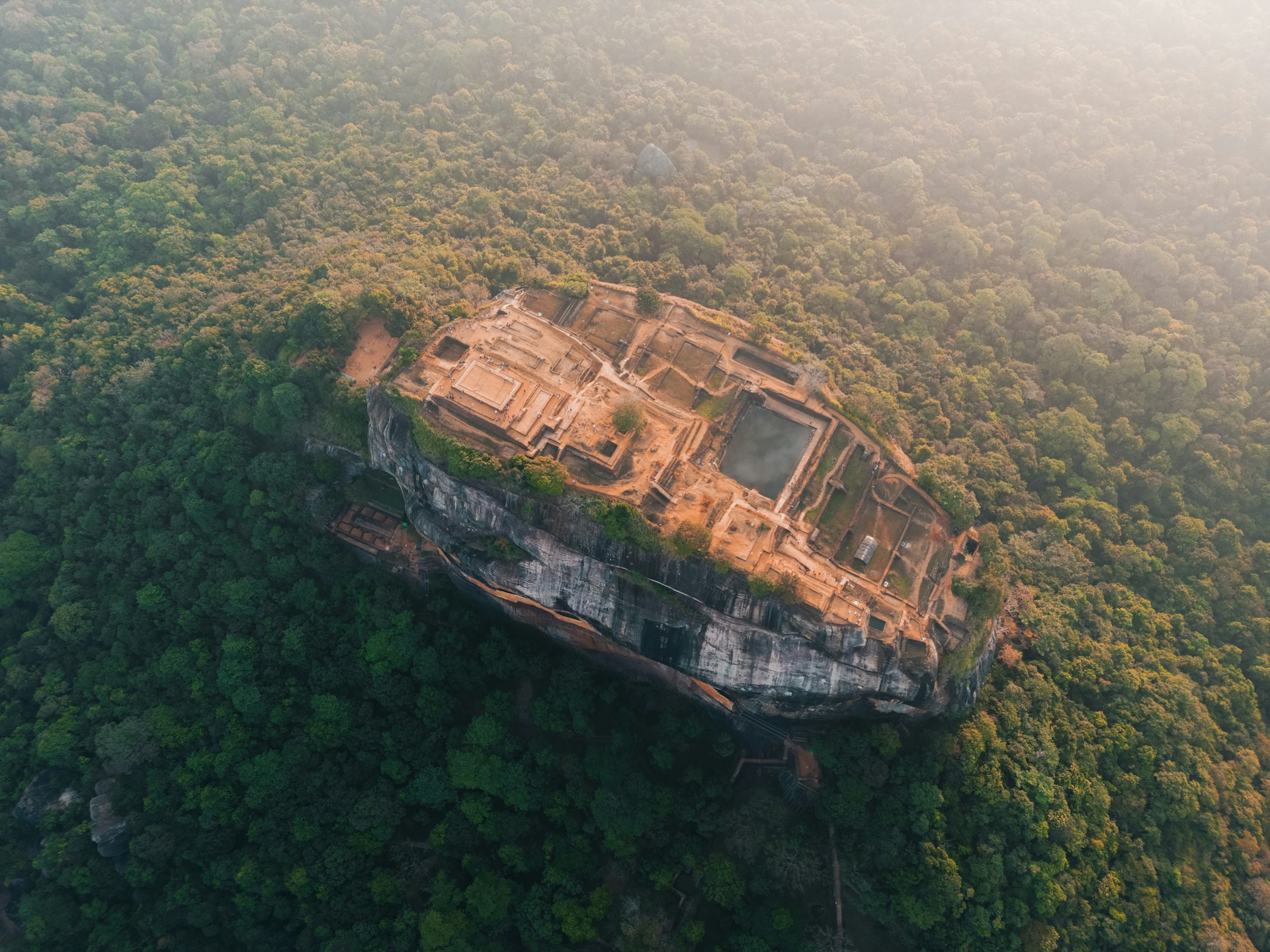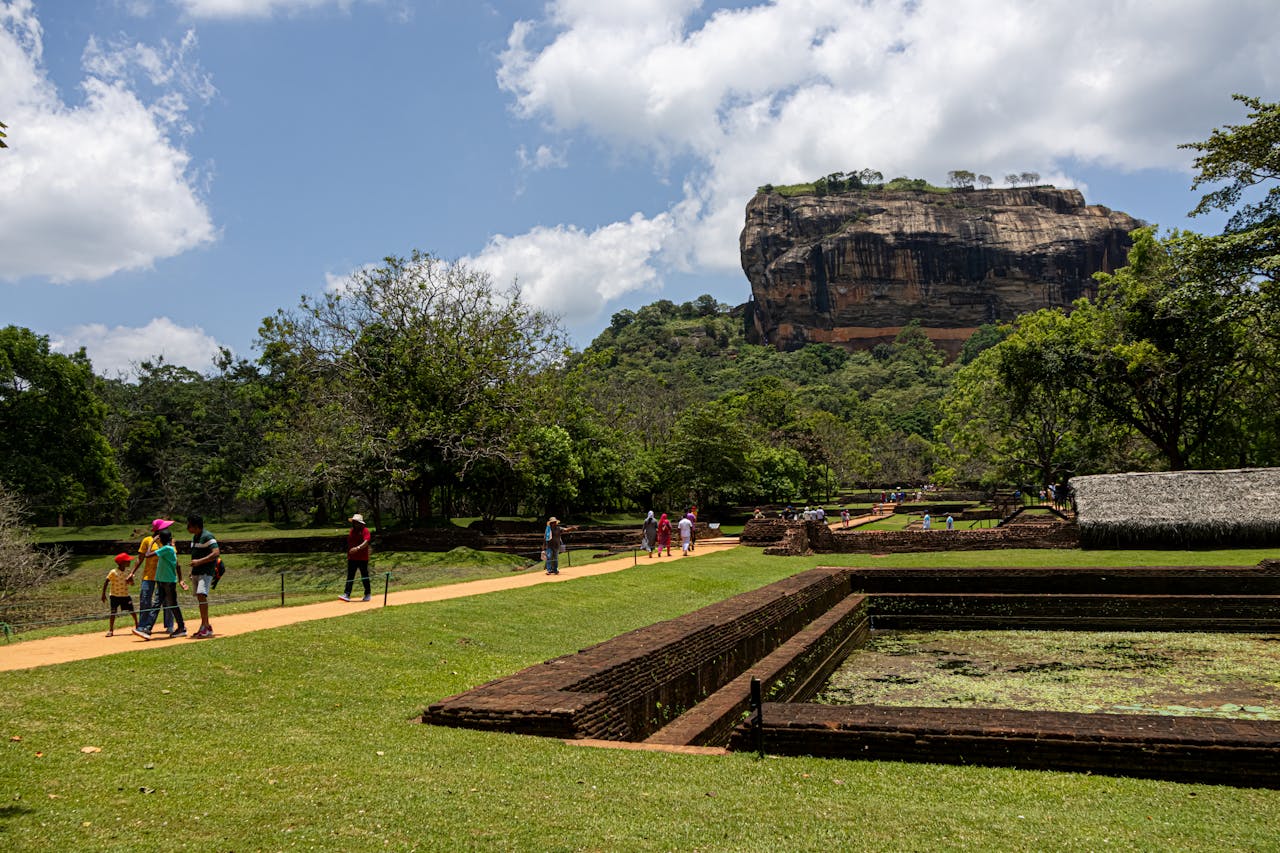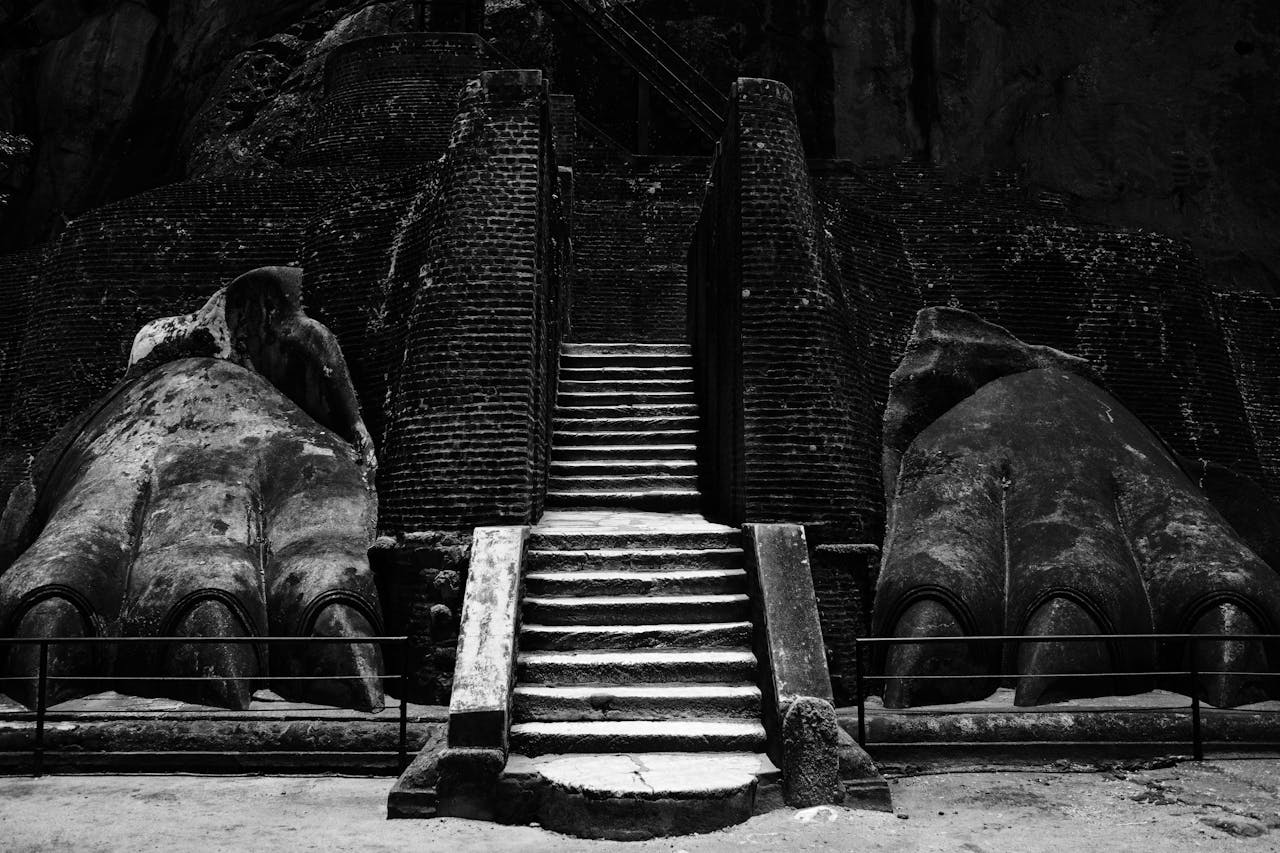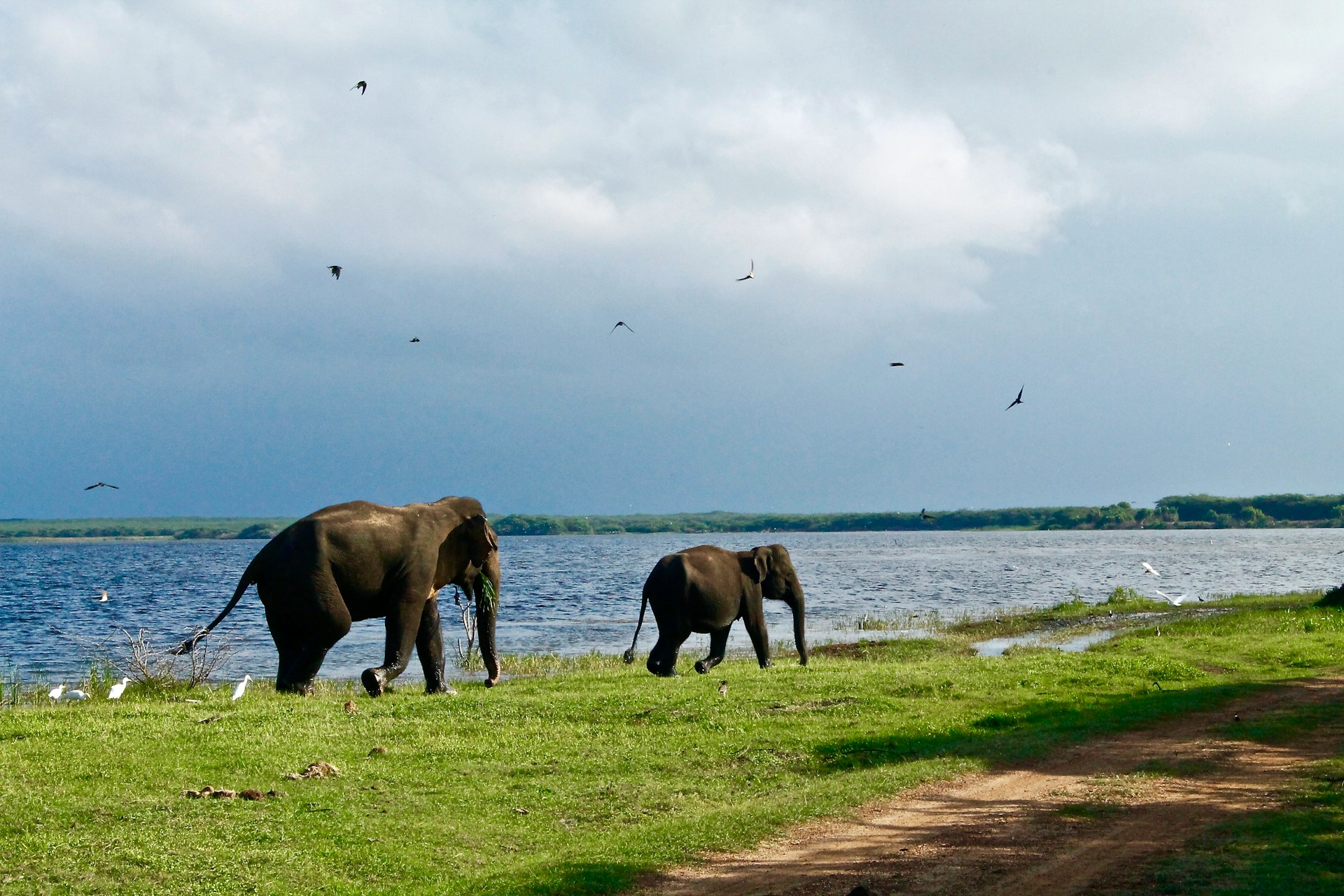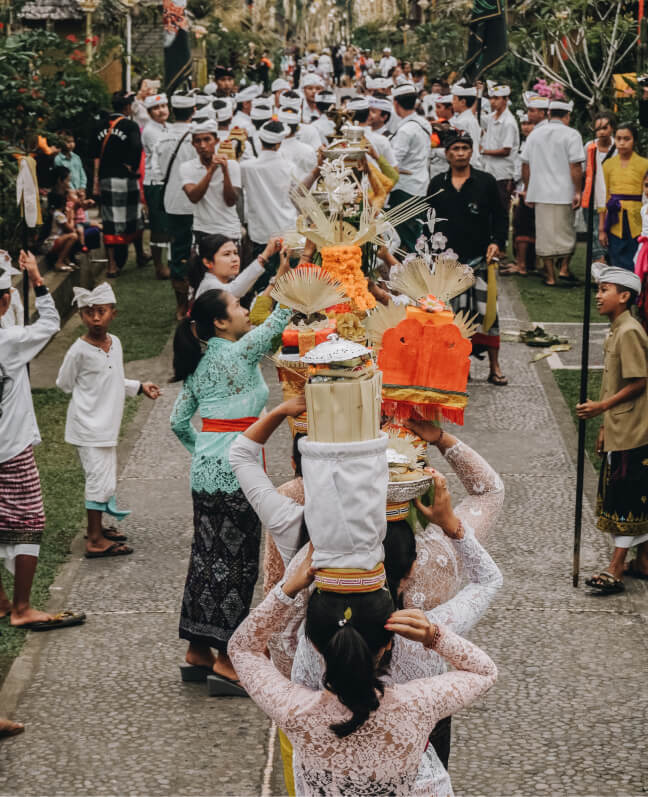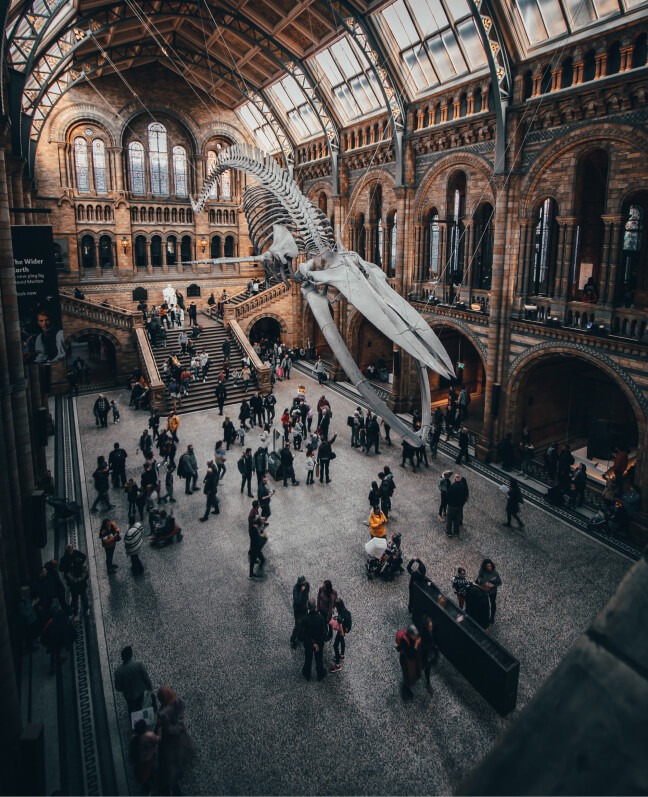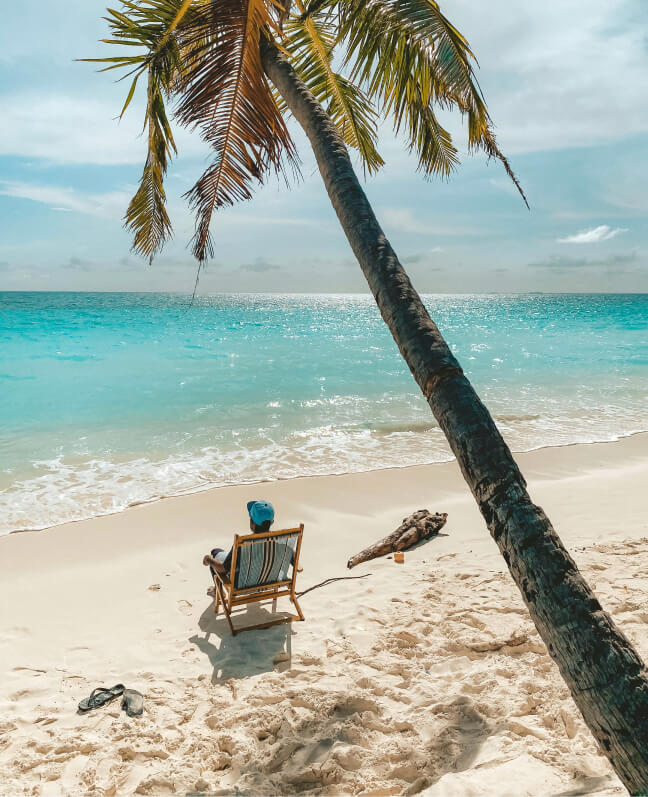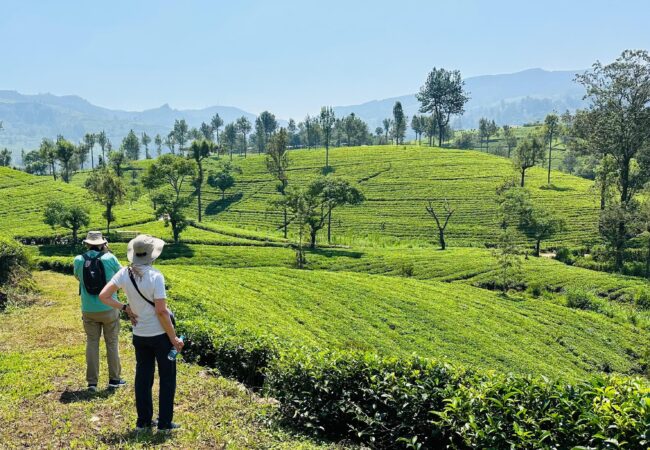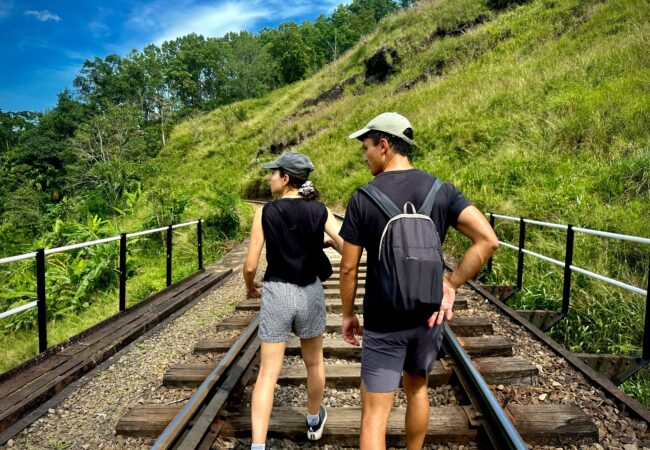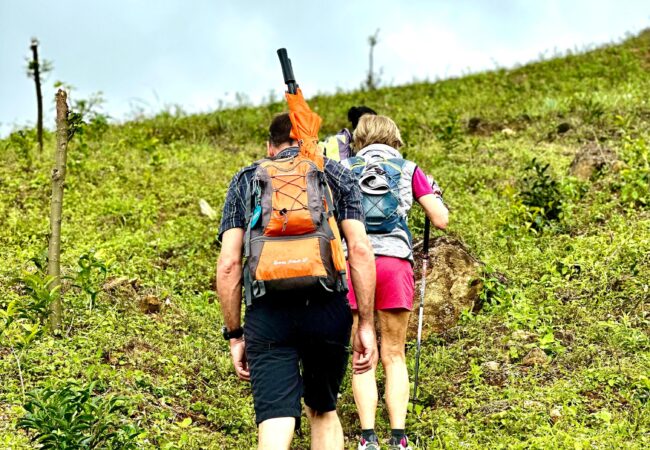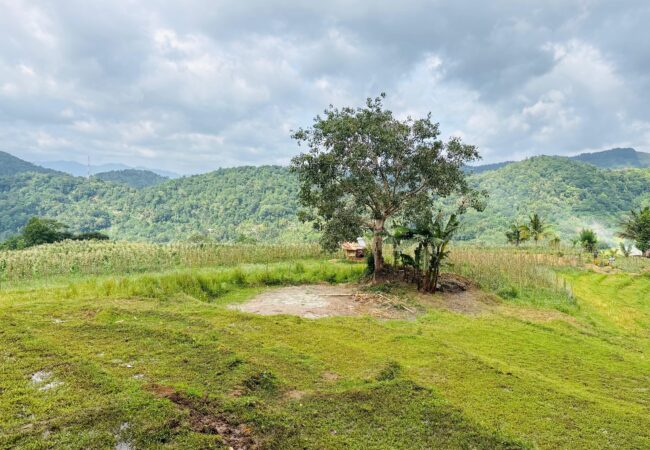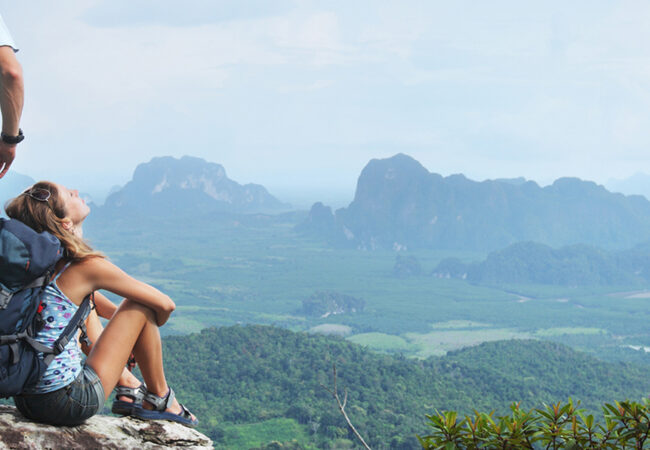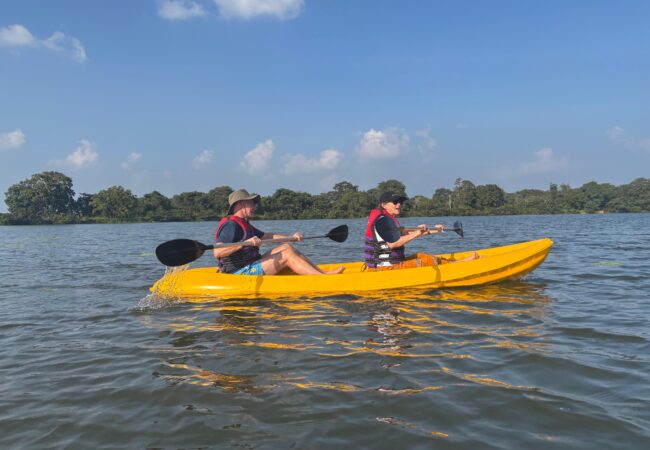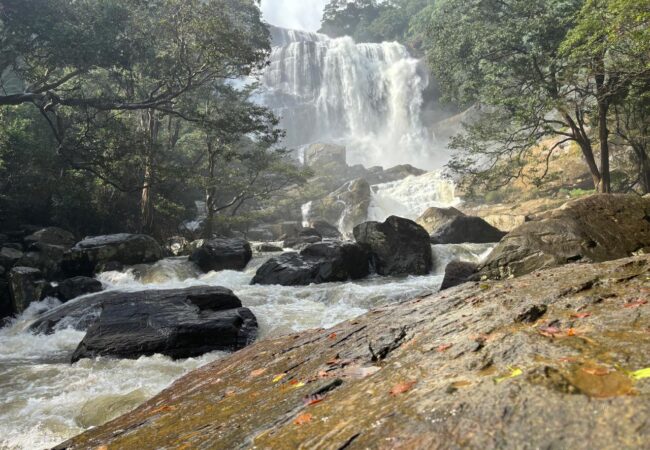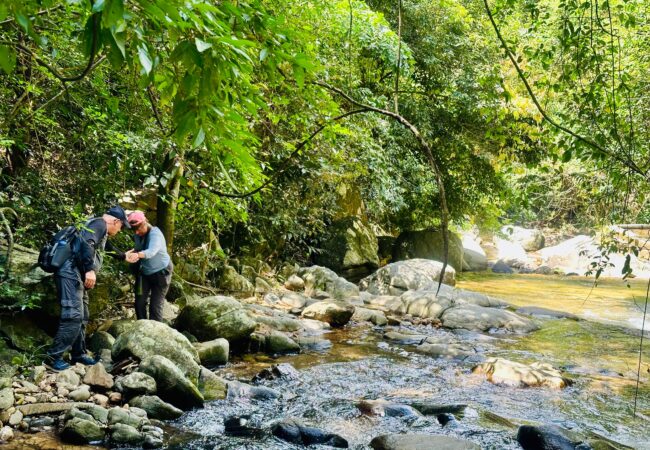Welcome To Sigiriya
Sigiriya stands as one of Sri Lanka’s most remarkable archaeological sites, featuring the ancient rock fortress dating back to the 5th century CE. This UNESCO World Heritage Site rises dramatically 200 meters above the surrounding plains, showcasing the architectural brilliance of King Kassapa I, who built his palace atop this massive rock. The site features spectacular frescoes, the famous Lion Gate entrance, and an ingenious water garden system that still functions during rainy seasons. The “Mirror Wall,” once polished so highly that the king could see his reflection, contains graffiti dating from the 8th century, providing invaluable insights into the development of the Sinhala language and script. Modern archaeological studies reveal Sigiriya was both a royal palace and a Buddhist monastery, making it one of South Asia’s most significant urban planning sites from the first millennium.

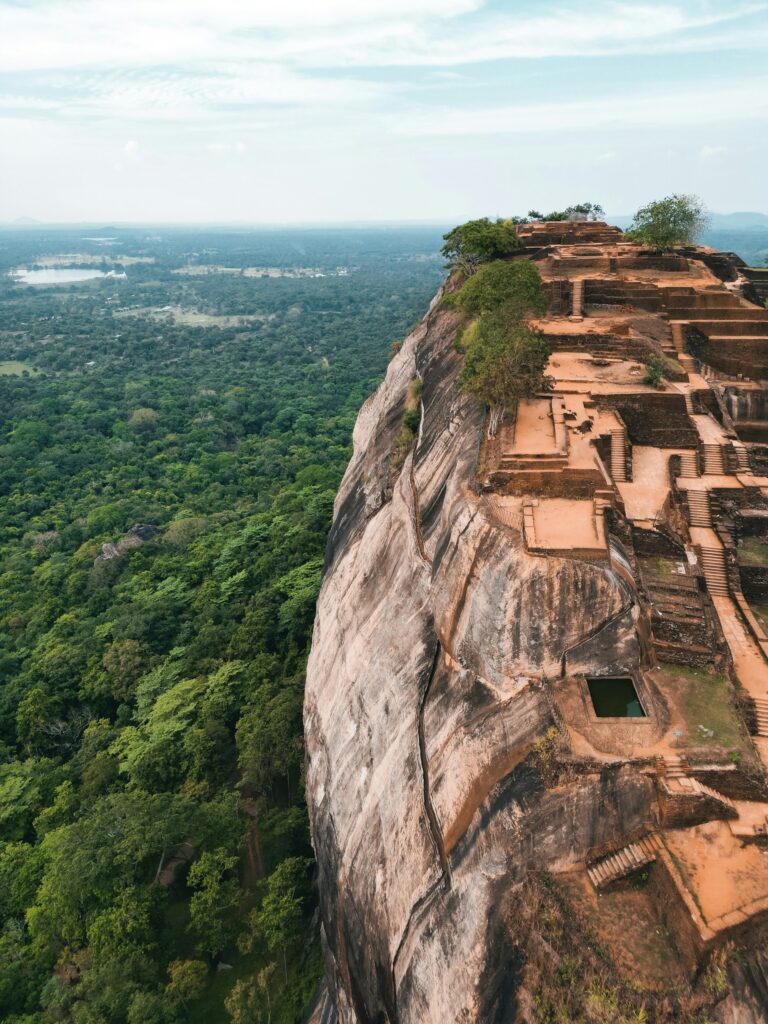
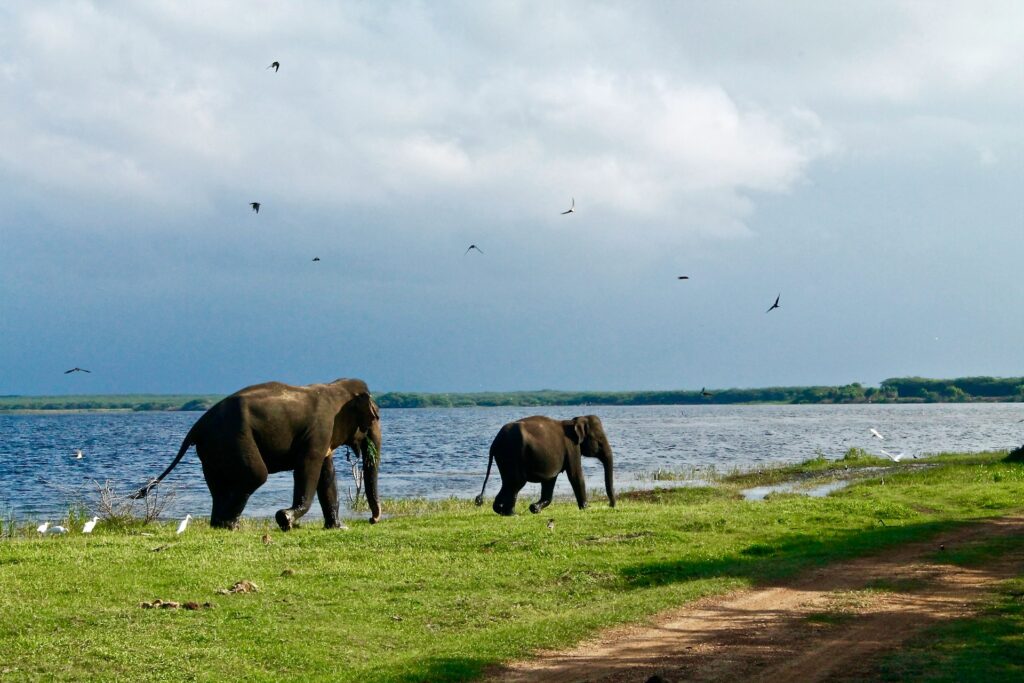
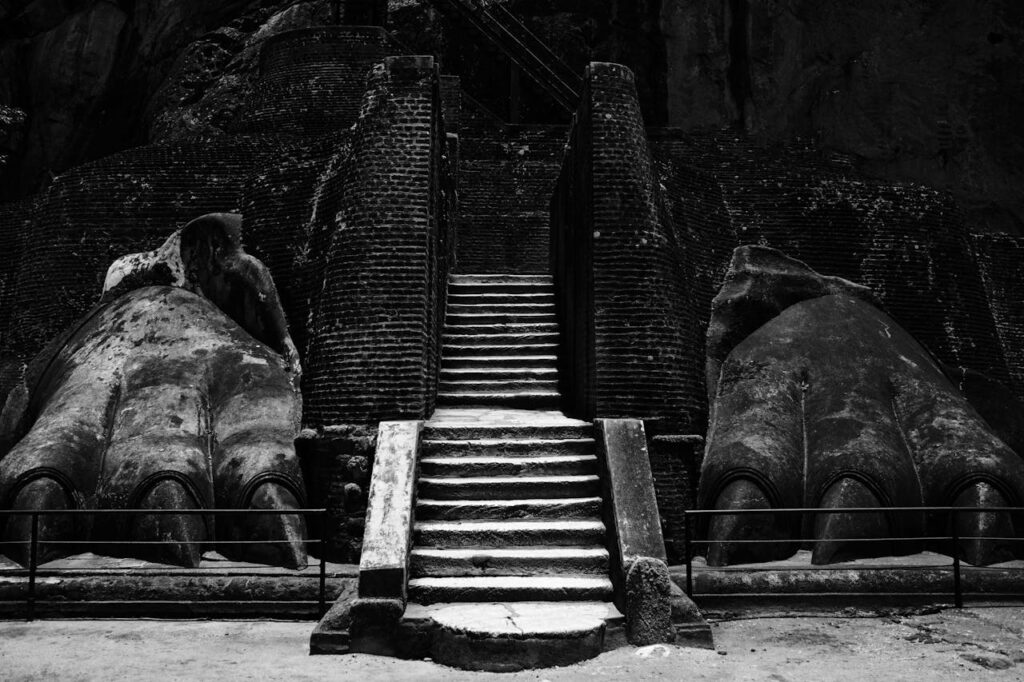
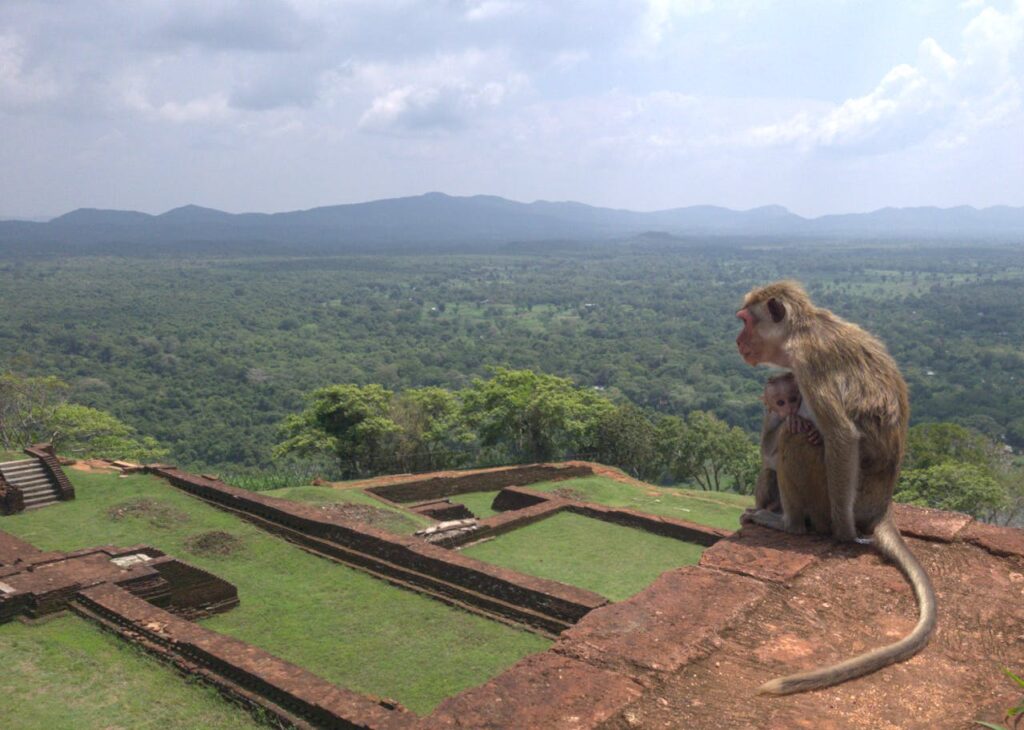
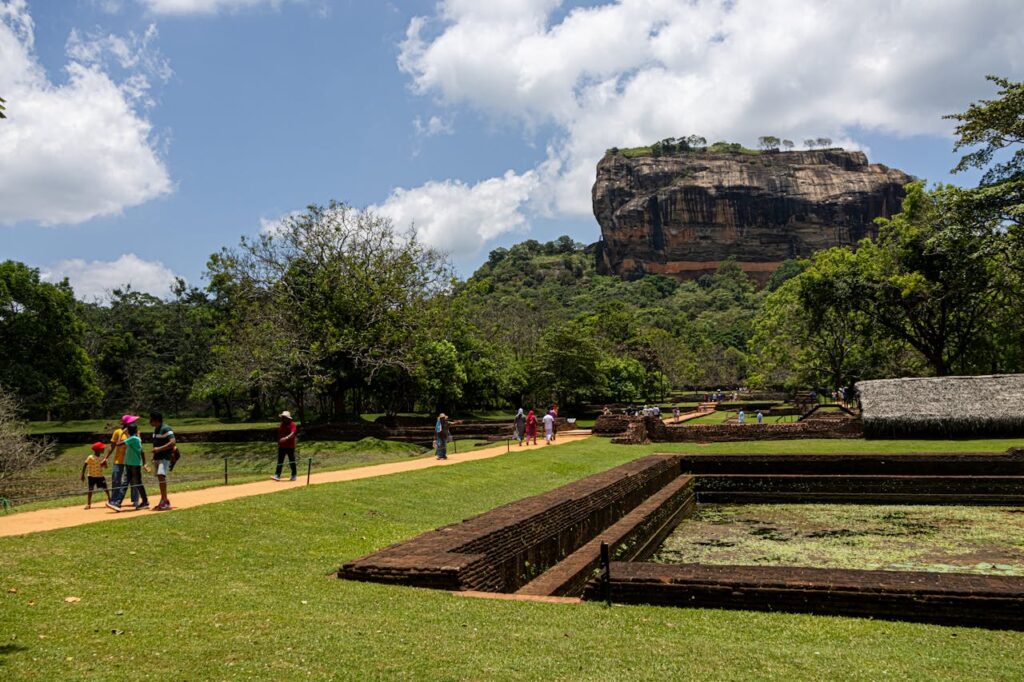
Heaven On Earth
Sigiriya represents an extraordinary fusion of urban planning, architecture, landscaping, and art, creating an unparalleled ancient site that continues to amaze visitors. The symmetrical water gardens demonstrate sophisticated hydraulic engineering, while the boulder gardens blend natural rock formations with man-made terraces and pavilions. The summit contains the ruins of the royal palace with panoramic views extending for kilometers across forests, water tanks, and distant mountains. Archaeological evidence suggests the site was occupied long before King Kassapa’s reign, with Buddhist monasteries dating back to the 3rd century BCE in the shelter of the massive rock.
- Exploring ancient ruins, archaeological wonders.
- Photography opportunities, panoramic vistas.
- Hiking, rock climbing, wildlife observation.
- A historical marvel with ancient engineering feats.
- Family-friendly educational experience, guided tours.
- Luxury accommodations with views of the rock fortress.
